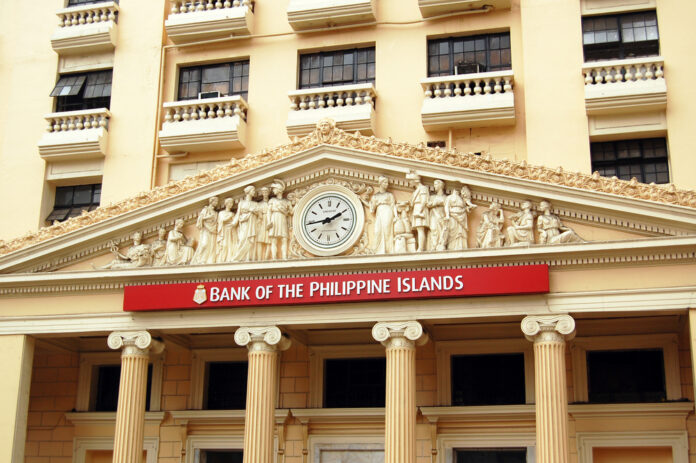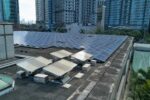The Bank of the Philippine Islands (BPI) on Tuesday forecast growth this year averaging higher to 6.1 percent from last year’s 5.6 percent, as well as next year, on the back of a resilient economy expected to benefit from increased liquidity in recent months and from spending related to next year’s elections.
BPI senior vice president and lead economist Jun Neri also forecast inflation, which erodes a consumer’s ability to make purchases, to ease to within the government’s 2 to 4 percent target to 3.2 percent, sharply down from last year’s 6 percent.

In an online presentation, Neri highlighted the balance between growth and inflation in the Philippines, particularly in the context of the struggling private sector construction market. He noted that despite overall economic recovery efforts, spending in corporate construction has yet to return to pre-pandemic levels. High vacancy rates in office spaces and dampened demand for residential projects, exacerbated by COVID-19, have hindered progress, leading real estate firms to adopt a more cautious approach in launching new developments.
To stimulate growth, the Bangko Sentral ng Pilipinas (BSP) has engaged in monetary easing, including cuts to the reserve requirement ratio (RRR) and reverse repurchase agreements (RRP). These measures aim to invigorate not only the construction sector but also tourism, logistics, data centers, and industrial estate development.
Neri said a favorable inflation outlook could allow for further policy adjustments, with potential rate cuts lowering the policy rate to 5.75 percent by December and potentially reaching 5.0 percent by 2025.
However, Neri cautioned that global uncertainties—rising protectionism, geopolitical tensions, and a resilient U.S. economy—could complicate the BSP’s efforts to implement aggressive rate cuts. The volatility in exchange rates and bond yields reflects a market that can shift rapidly, while inflation expectations remain sensitive to both international dynamics and domestic supply shocks. This necessitates a careful approach to rate adjustments to maintain market stability.
Additionally, the BSP’s long-term goal of reducing the RRR, or the banks’ deposit reserves, to 0.0 percent is aimed at enhancing the efficiency of bank resource allocation, fostering increased lending, and improving competitiveness against foreign institutions. A gradual policy rate reduction not only aligns with these goals but also allows the BSP to rebuild its gross international reserves (GIR), currently at less than 85 percent of the country’s total external debt.
Neri said lower inflation may boost consumption in the coming year, giving households more room for discretionary spending. Additionally, election-related spending could further stimulate economic activity. However, the recovery in household consumption may not be enough for the economy to reach the government’s growth target of 6.5 percent to 7.5 percent in 2025. Growth has to come from other structural drivers and sectors as well.
According to Neri, one area where the economy is currently struggling is private sector construction. The spending of the private sector on construction activities, particularly the corporate construction segment, has not returned to its pre-pandemic level. Elevated vacancy rates in office buildings, along with subdued demand for residential projects due to COVID, have slowed the recovery. Real estate companies have been less aggressive in constructing new projects.
Looking ahead, the local currency the peso may see strengthening in the coming year, contingent on a manageable current account deficit and the actions of the U.S. Federal Reserve. Historical trends suggest that a Fed rate cut could lead to peso appreciation, although gains might be more modest compared to other emerging markets due to the Philippines’ specific economic conditions.







